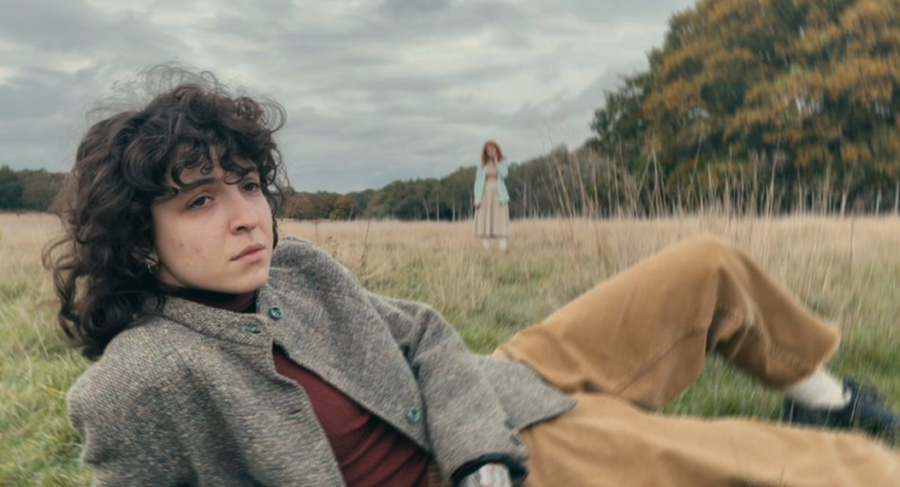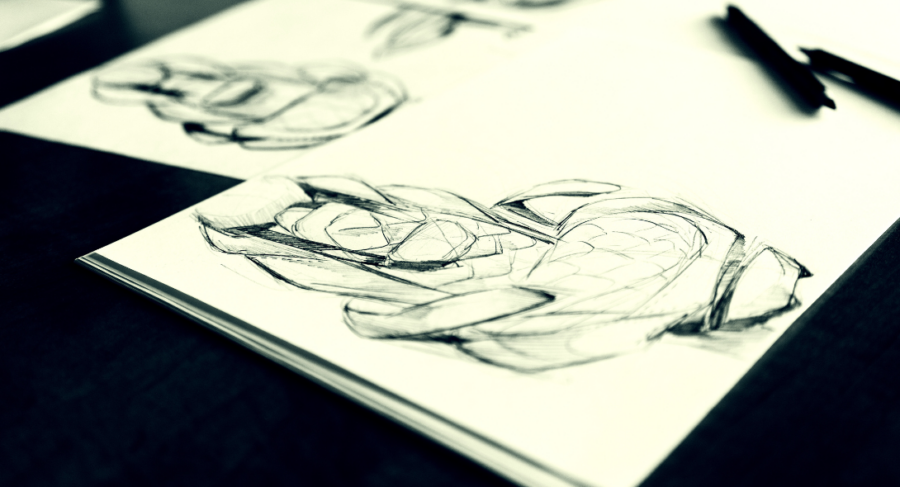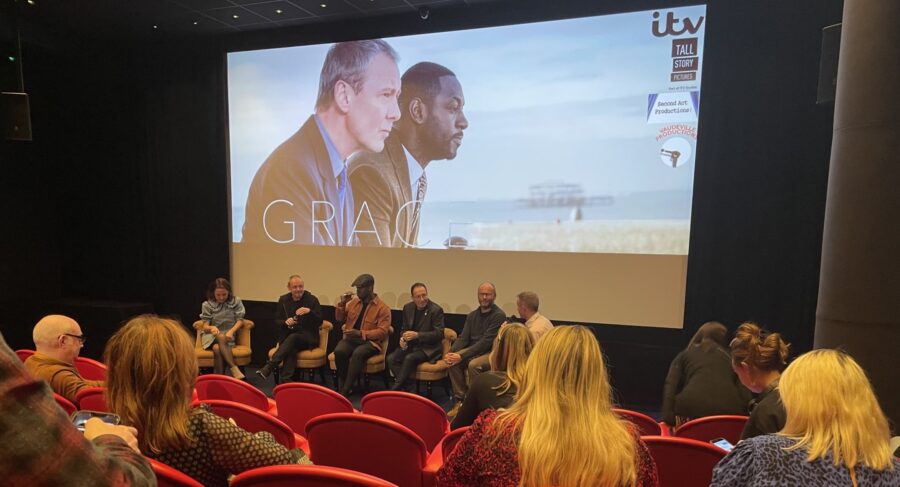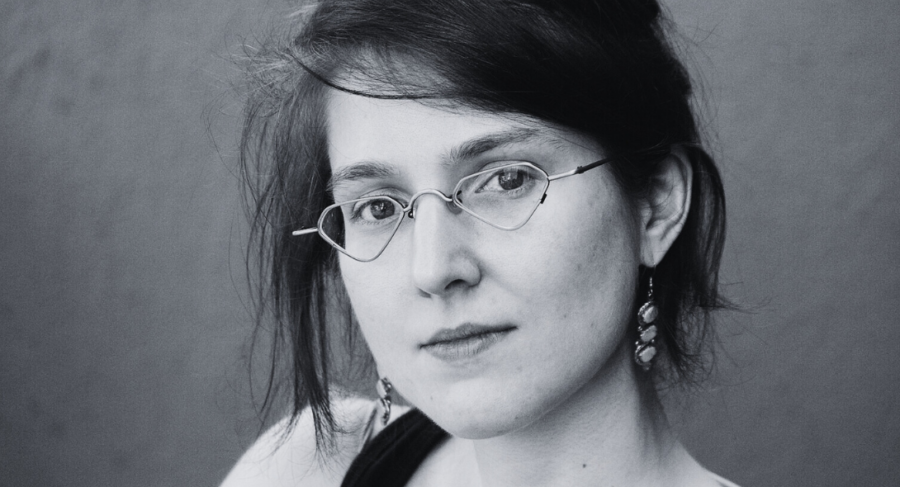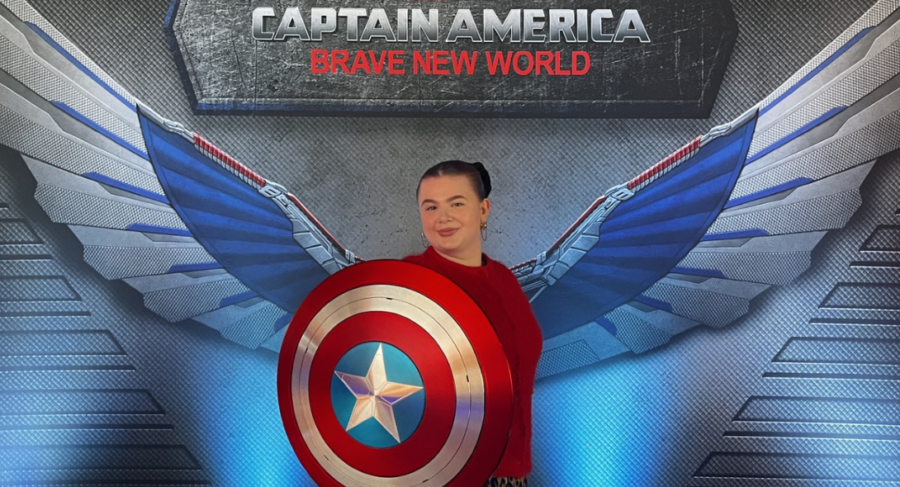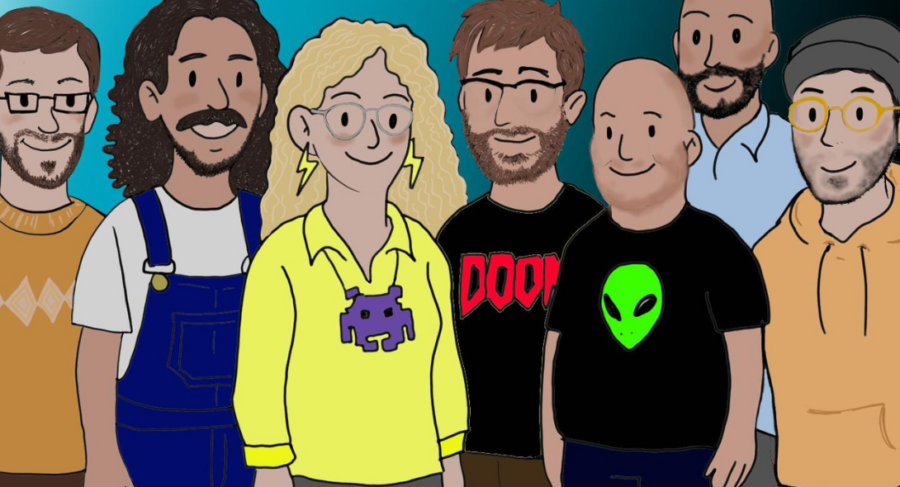Framestore’s Brandon Hartley offers advice and insight for animators
By MetStudios
17 April 2025
Animator Brandon Hartley didn’t always plan on a career in animation. In fact, he nearly became an architect. But one pivotal conversation changed everything – and now, after nearly a decade in the industry, Brandon is crafting creatures and characters at Framestore London, one of the world’s top VFX studios. He has worked on big name titles including Guardians of the Galaxy Vol.3 and Thor: Love and Thunder.
We sat down with Brandon to chat about his journey into animation, his thoughts on the future of the industry, and what students need to know about building a career in this ever-evolving field.
So, Brandon, how did you get started in your career as an animator?
I initially trained as an architect at school, but when I was deciding on the next step for me, a friend suggested that animation would be a good route for me. That conversation completely changed my career path, and I’m so glad it did!
I went on to study computer animation and VFX at university, graduating with a First Class Honours degree. After my first role in the industry, I really wanted to hone my skills and make myself even more employable, so I went on to study further.
What do you see as the key skills that animation students should focus on developing during their education?
The basics shape everything we do as animators, but it’s important to keep learning and developing. The better your foundation, the stronger you can build. Start by mastering the bouncing ball and pendulum – you’ll use these in every shot you do. From there, you can start developing all the way up to performances and bringing characters to life.
How important is collaboration across departments in animation and VFX? What do you think students need to understand about working in creative teams?
Animation isn’t a one-person deal. When you work on big projects, you have to collaborate with other departments frequently. As a 3D animator, you’ll be working with the departments that come before and after you. Rigging and CFX (creature effects) are usually the two main departments we work with. Rigging help us with any character or rig problems, and we help CFX with issues around scenes, from intersections to adding more movement for muscle deformations.
How do you see the animation industry evolving over the next 5-10 years?
It’s always hard to predict how the industry will evolve, especially with technology developing at such a pace and changing what we do. I do think that the industry as a whole should stay relatively the same, but the quality will keep getting better. Avatar and Avatar: The Way of the Water are two films by the same makers, thirteen years apart. Nothing has really changed in the way that they do anything, apart from the technology used is more advanced and the outcome is far superior.
With technology like real-time rendering, AI, and VR/AR becoming more mainstream, how should animators adapt?
AI and real-time rendering will, more than likely, simply become tools that we can use to speed up our processes. A lot of people thought that mocap in VFX would change everything for good, but now we use it as a tool to make things faster. Ultimately, we still need animators to come in, clean things up, and make the performances more believable.
In your opinion, what emerging areas or specialisms within animation offer exciting opportunities for recent graduates?
The animation industry as a whole is exciting, no matter what area you go into. In my experience, the area you think you’re going to enjoy most isn’t the area you think, so I’d say find an area in which you think you’ll be happy and see how it goes from there.
What common misconceptions do animation students have about working in the industry?
People think that the industry has its ‘stuff’ together. In reality, Hollywood films are like university projects with million dollar budgets. Everyone is still learning and doesn’t have a clue what they’re doing! We might have a strong understanding of the fundamentals of animation, but every film is new, with new characters that need to be established and created from scratch.
How do you think animation courses should evolve to best prepare students for the realities of working in the industry today?
Students should be taught as if they were in the industry already. Getting assignments and deadlines with constant feedback is how it is every day for an animator. Whether it’s starting off slow and gradually working up to that point depends on how much an individual already knows, but starting from scratch and developing the basics is crucial.
Could you share your advice for new graduates aiming to stand out when applying for roles in animation?
A strong demo reel helps you stand out. Knowing what to add in order to make a strong reel makes all the difference – have plenty of variety in there and show off all the different techniques and things you can animate goes a long way.
Networking and making connections will be a key part of your career, especially early on. It will make it easier for you to find jobs and get into studios if people know you and see your work.
Can you share a key challenge you’ve faced in your career and how you overcame it?
Working at Framestore, I once worked on a shot that was very technically tricky. I was trying to get the camera and the character t work together while the character was swinging. I struggled to get it working on my own, so I had help from my lead on how to approach it. With their assistance, I was able to get it working with consistency The lesson I got from that experience was asking for help is never a bad thing, and that sticking with something and not giving up is vital.
What do you find most fulfilling about working in animation, and how do you maintain creativity and inspiration over time?
Working around the most creative and talented people in the world every day is such a privilege; it’s one of the things that keeps me going. Inspiration is different for everyone but, for me, it’s usually re-watching my favourite films when I have the time.
If you could offer one piece of advice to prospective animation students, what would it be?
Don’t expect to be amazing straight away. Animation is difficult and it takes time to master, so keep going and stick at it.
Brandon’s journey is a great reminder that there’s no single path into animation – and that success often comes from staying curious, putting in the hours, and being open to learning from others. His grounded, honest reflections offer valuable insight for anyone starting out in the industry, especially students navigating their first steps. Whether you’re mastering the bouncing ball or building your first showreel, take Brandon’s advice to heart: animation is tough, but if you stick with it, the rewards are well worth it.
Want to follow in Brandon’s footsteps?
Check out our BA (Hons) Animation degree or join us for an Open Day to find out more


